
From Babalu to Woodstock: How Latinos changed the sound of America
This is the story of how Latinos changed the sound of America.
“My first job in this country was cleaning bird cages,” said actor Desi Arnaz on Ed Sullivan’s program, Toast of the Town in October 1954. “We came to this country and we didn't have a cent in our pockets. From cleaning canary cages to this night here in New York is a long way. And I don't think there is any other country in the world that can give you that opportunity. I want to say thank you, thank you America, thank you.”
In those brief words, the Cuban actor of I Love Lucy predicted the fate of millions of Latinos over the next seven decades — and described the stories of many of the individuals who would shape and change American music and popular culture for decades to come.
But it was the presentation of a young Mexican named Carlos Santana on the stage of the Woodstock Festival exactly 50 years ago that propelled the fusion of Latin sound with American culture forever.
In a society deeply divided by race and color, at the beginning of the 1930s the sound from the heart of the [Mississippi or Big Muddy] rose to Chicago and was electrified, while downtown Manhattan was conquered by a handful of Latino musicians, dressed in suits, who with their large orchestras brought the Latin flavor to an unexpected stage.
Simultaneously, Cuban clarinetist Mario Balza decided to leave the island to look for opportunities in the United States, where he found the perfect setting for a dark-skinned musician. His work led him to be a trumpeter and musical director of jazz icons such as Chick Webb, Dizzy Gillespie, and Ella Fitzgerald.
The Cuban son of Bauzá and Gillespie’s bebop gave rise to the “cubop,” or original Latin Jazz.
It was thanks to Bauzá that key groups like Machito and his Afro-Cubans and artists like Tito Puente had the opportunity to take the stage. Together with Pérez Prado and Xavier Cugat, these Latinos took over Manhattan's nightlife with an exotic, danceable and captivating sound: the Mambo.
But the move from nightclubs to American homes was thanks to television, and the success of Desi Arnaz - better known as Ricky Ricardo - Lucille Ball's husband and co-star of the famous television series I Love Lucy.
Arnaz was born in Santiago de Cuba in 1917, to a wealthy family that was ultimately ruined by the confiscation of property conducted by the Fulgencio Batista Revolution in 1933. Arnaz and his family fled to Miami, where the young man would turn to entertainment to support himself.
It was his character in I Love Lucy that led him to stardom. Through his foreign accent and staging of the Tropicana Club, where his song Babalu would become a classic standard in U.S. music, Arnaz earned a special place in the hearts of Americans.
From this moment on, the borders of American sound would continue to disappear, allowing musicians and artists in general to forge a homemade cultural identity.
The samba, pasodoble, rumba, mambo, and the conga not only became the favorite rhythms of the great jazz bands but also of those who danced and interpreted the new sounds.
New choreographies flooded the dance halls, eventually reaching the TV show sets like CBS’s Viva America, and catapulting into large film productions.
That includes one we all know as a classic: West Side Story, a musical inspired by Romeo and Juliet but contextualized by Arthur Laurents in the immigrant reality of a New York neighborhood in the mid-50s.
The choreography of Jerome Robbins brought the influence of the Latin beats in the American language to its maximum expression, and shone a spotlight on stars such as the Puerto Rican Rita Moreno.
However, not everything was as rosy as the dress worn by Anita - the character played by Moreno in the film - because the Oscar recognition Moreno won with the role also, in turn, brought the weight of an endless stereotype.
Latinos were a true minority - with an estimated population of 4.5 million nationwide by 1960 - made up mainly of Mexicans and Puerto Ricans, though that demographic breakdown would radically change with the triumph of the Castro Revolution in Cuba.
That community then became a growing force, with the arrival of 200,000 Cubans to Miami in a period of three years, while the Mexican population reintegrated on the west coast after the end of the Bracero program just a couple of years earlier.
Cultural fusion was already inevitable.
The influence of Elvis Presley and Chuck Berry on the popular sound gave rise to new formats that included drums, bass, and electric guitars, along with a totally new sound: rock’n’roll.
"One, two, three, cha-cha-cha" is now a universal rhythm, a metric that multiplied and merged with songs as ubiquitous as "Satisfaction," by the Rolling Stones, or "Day Tripper," by The Beatles, opening the door to a new music genre created and enjoyed across racial lines.
Thanks to Berry's “Havana Moon,” for example, a new hit was born that in just two decades would completely change the country's music scene: Ricardo Valenzuela's (Ritchie Valens) “La Bamba”.
The Champs, Question Mark, and The Mysterians, Sam the Sham & the Pharaohs, Thee Midniters and the Texas Tornadoes all did their thing with Latino members who combined Mexican music with the new sound of rock, a phenomenon that would be celebrated at a mass event in 1969.
At the end of the 60s, the psychedelic revolution, music and hippie counter-culture merged into an event promoted as "three days of peace and music,” held August 15-18, 1969.
On a 600-acre estate near White Lake in Bethel,New York, Artie Kornfeld and Michael Lang summoned more than 400,000 people to celebrate the spirit of peace and revolution against America’s capitalist system, bringing more than 32 artists and groups that represented the entire musical movement of the moment.
Among them was a Mexican who would become the symbol of the Latino community in cultural integration: Carlos Santana.
Born in Mexico as the son of a mariachi violinist, Santana emigrated as a child from Tijuana to San Francisco, where blues and guitar solos would amalgamate with his innate sense of Latin sound.
RELATED CONTENT
Santana didn't know Machito or Tito Puente. His arrival across the border from Mexico put him in direct contact with guitarists like B.B. King or T. Bone Walker, whose influence sculpted his language on the guitar - away from the mambo and the cha-cha-chá.
After founding a group of blues and acid rock, Santana would arrive on the stage of the Woodstock festival thanks to the recommendation of producer Bill Graham.
Together with Michael Carabello and José Areas, the young Mexican would incorporate Cándido Camero’s congas into psychedelic rock ‘n’ roll in songs like “Evil Ways,” laying the groundwork for a much more powerful fusion: Salsa.
During the first years of the 60s, the Puerto Rican community in New York added half a million people. Children of post-war immigrants, the Nuyoricans, were part of the young generation that sought an identity far from the staunch patriotism cultivated in years of war conflicts.
The sound of the big bands of the 30s represented the authority that this new generation felt the need to overrule. That is why what was once called mambo would now be transformed into a new street language.
The fusion of rhythm and blues, rock ‘n’ roll and son Latino gave rise to the sound of Harlem: boogaloo.
Names like Joe Cuba, Pete Rodriguez, Eddie Palmieri, and Jimmy Bosch began to find a place in urban culture, even while struggling to achieve greater success on the radio. The so-called Salsa On 2 - a rhythmic modification of the traditional Cuban sound - began playing in the nightclubs in Manhattan, cultivating fans along the way.
Faced with rejection from record houses and radios, musician Johny Pacheco and lawyer Jerry Masucci decided to found Fania Records, considered the most important music label in the history of Latin music. It would provide a path to stardom for artists like Héctor Lavoe, Larry Harlow, Ray Barretto, Celia Cruz, Willie Colón, Bobby Valentín, Rubén Blades and Cheo Feliciano.
Influenced by artists such as José Feliciano, Latin American musicians in the United States - both those born in the country and immigrants - began to transit between genres throughout the 80s, mixing lyrics in Spanish and English just as they used to do at home.
Gloria Stefan and the Miami Sound Machine, Selena and the Tejano music, Ricky Martin, Thalía, Marc Anthony and Jennifer López have all gradually conquered the American music industry, becoming new pop icons and representatives of the now-robust Hispanic community in the United States.
Salsa and pop gradually began to be synonyms, and the arrival of the compact disc and the MTV phenomenon propelled the definitive crossover.
While Cristina Aguilera sang in English and Spanish, a young Colombian conquered the charts with MTV Unplugged. In just ten years, Shakira, Ricky Martin, and Enrique Iglesias redefined not only music but the aesthetics of American mass culture.
Since the release of Shakira's first English album, Laundry Service, Latino musicians have broken all sales records, definitively conquering the international music industry.
This opening allowed artists like Daddy Yankee to approach a new audience with a new rhythmic fusion: the off-beat of reggae and hip hop, giving rise to what Puerto Ricans called reggaeton.
Names such as Tego Calderón, Don Omar, Calle 13, Wisin & Yandel, Tito El Bambino, and Luis Fonsi have positioned themselves at the top of the charts, dethroning pop-ups like Britney Spears and Justin Bieber in a matter of weeks.
In seventy years, Latinos went from being an exotic entertainment to defining the American music scene, in a country where they are no longer a minority on the biggest stages.



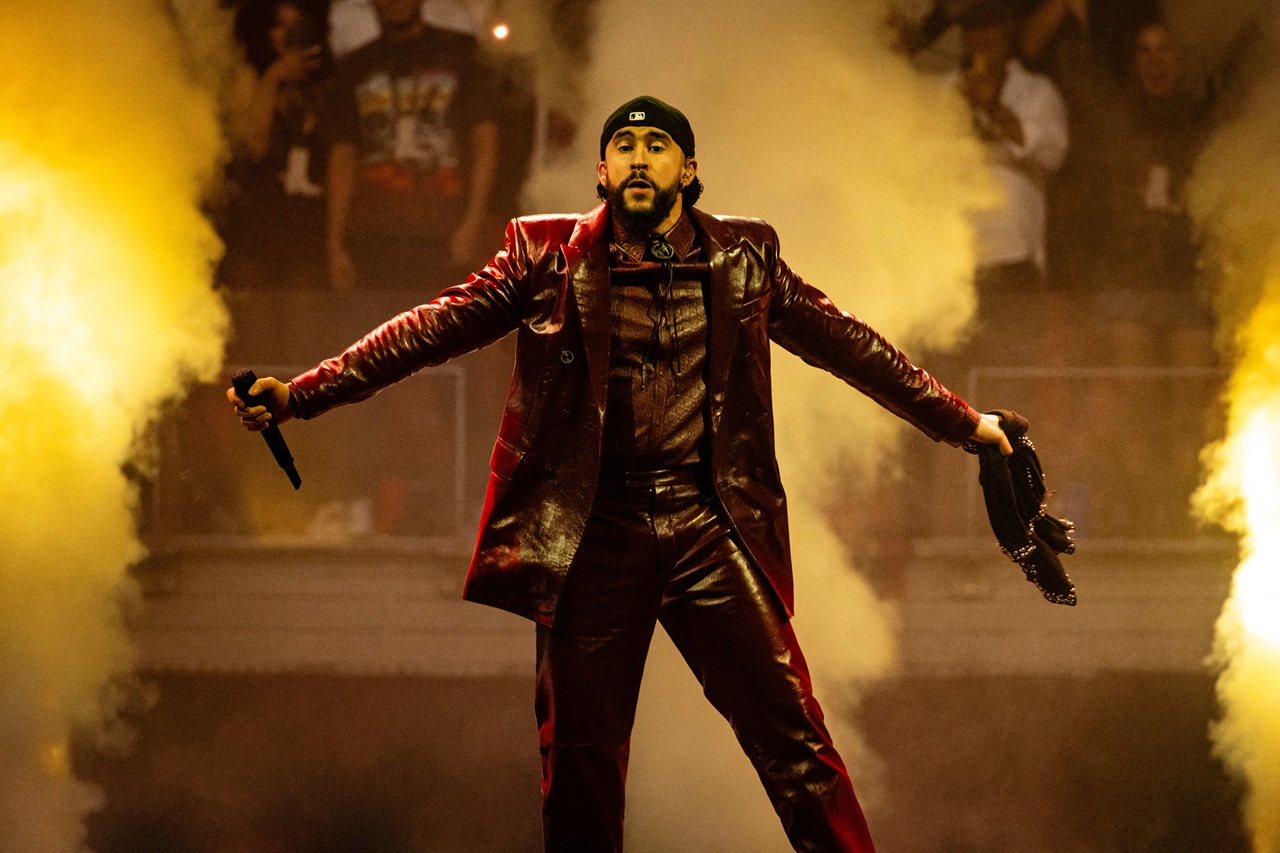

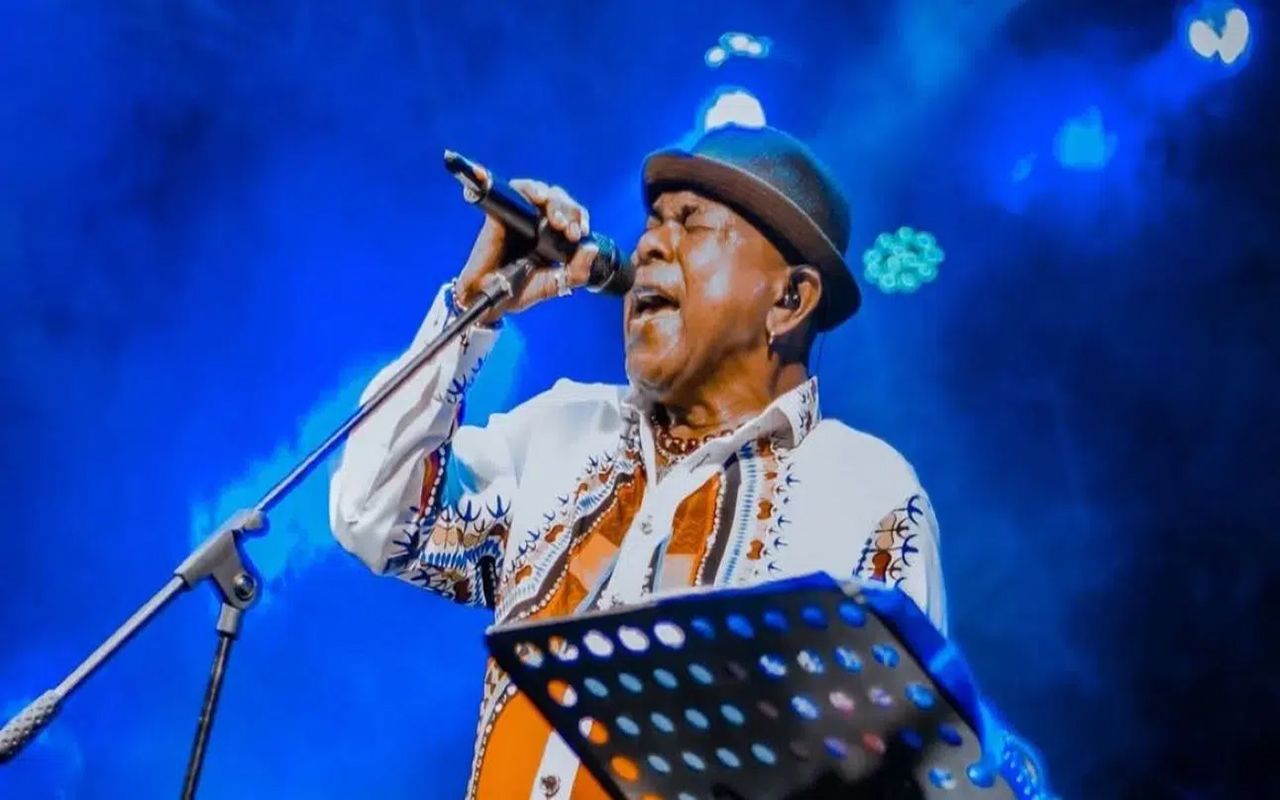
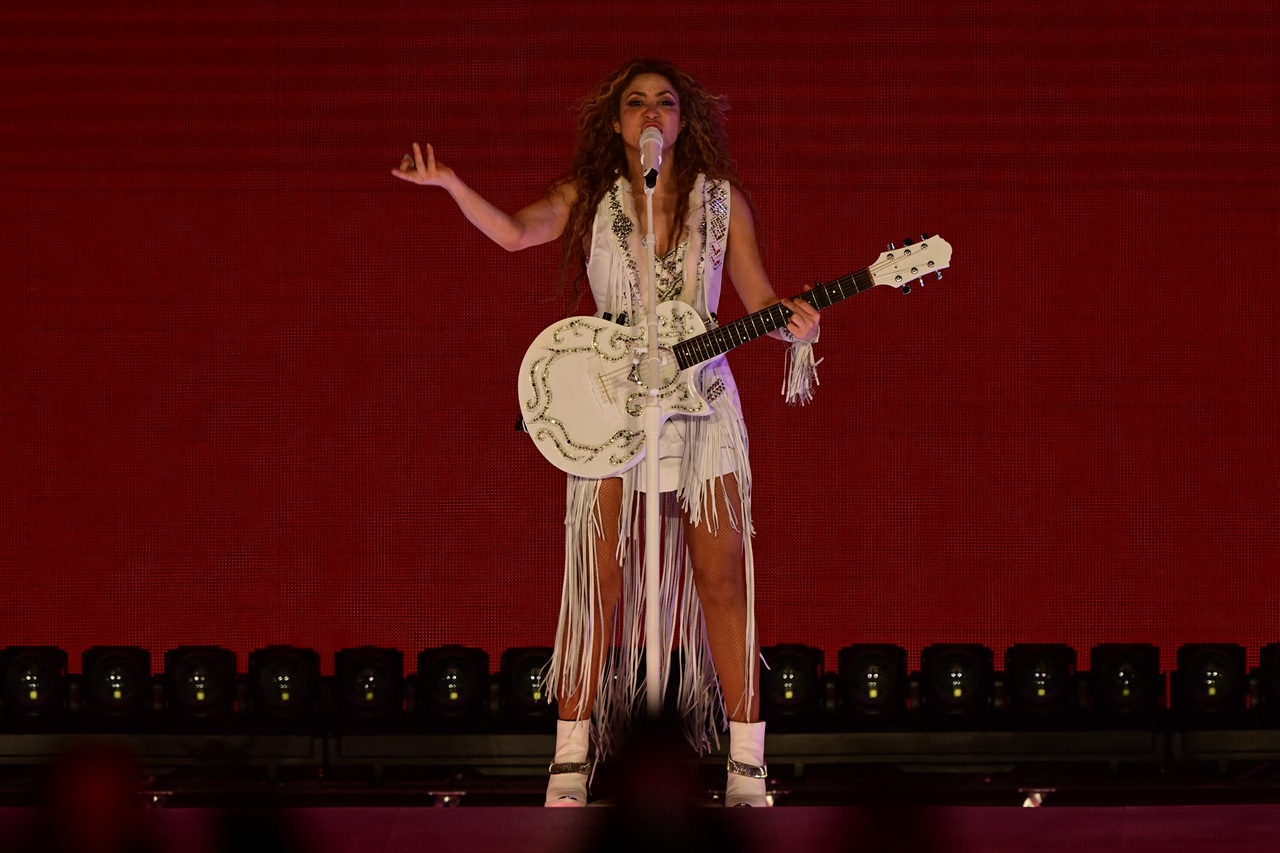
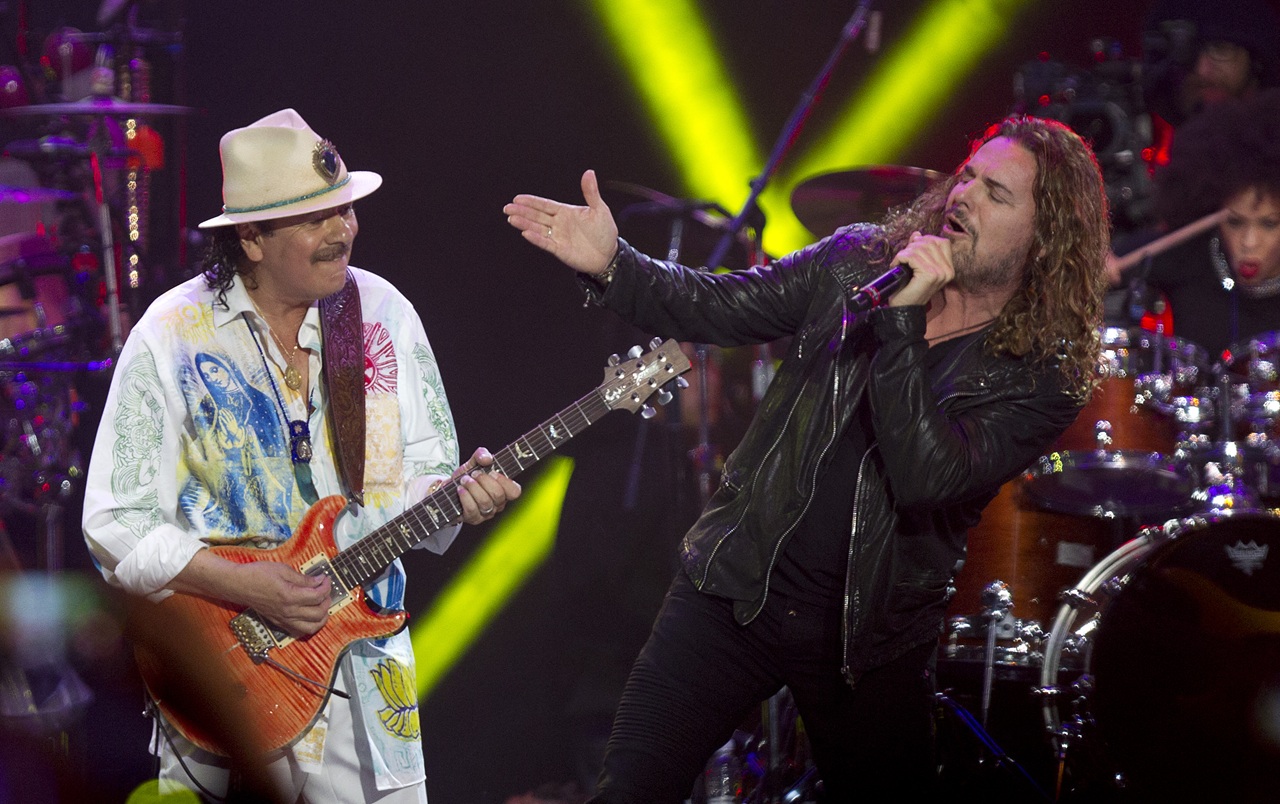

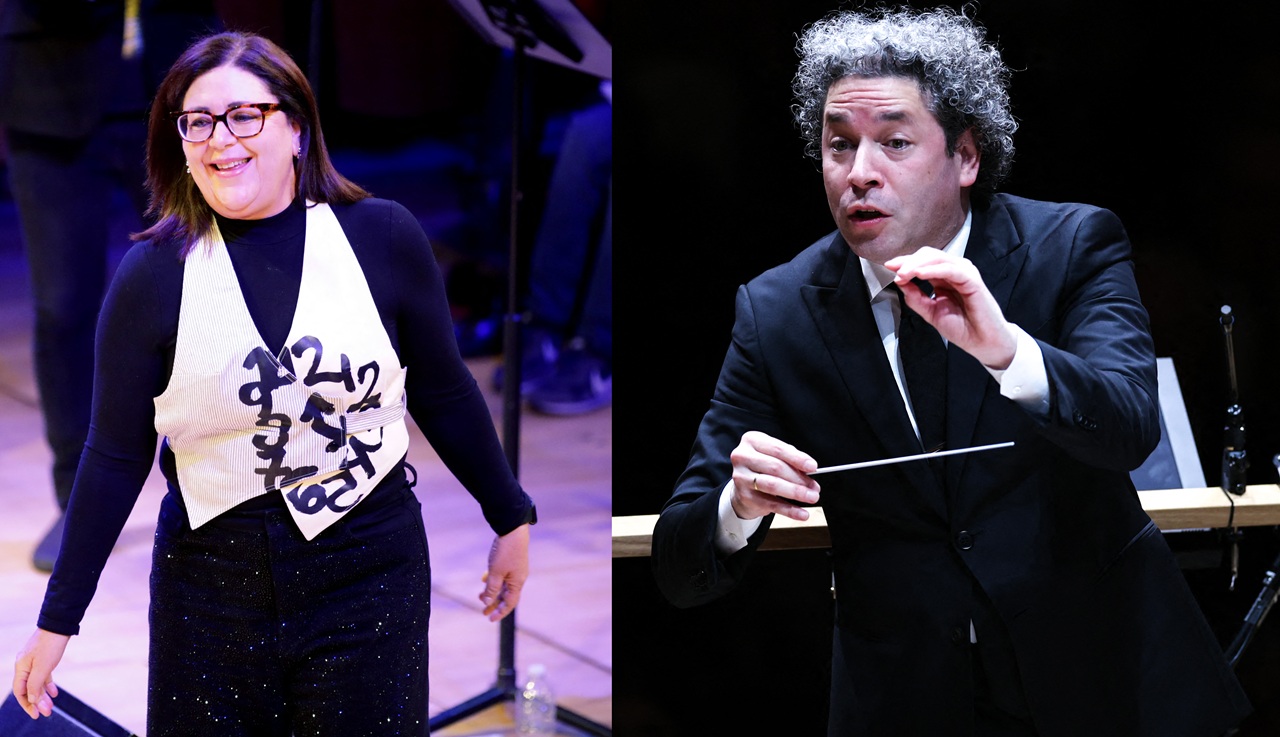

LEAVE A COMMENT: